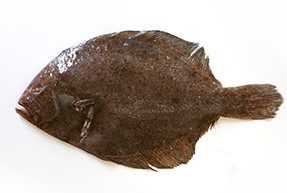

Brill can be a tasty and nutritious treat for dogs, but moderation and thorough preparation is key. Flatfish like brill are prone to pollutants and heavy metals, so it is important to only give it occasionally. Benefits include containing essential vitamins and minerals for supporting a healthy heart and metabolism. However, the skin of the fish has a rough texture and raw brill may contain bacteria, so risks should be taken into account when feeding it to your dog.
Brill is a great source of essential vitamins and minerals, such as Vitamin B6, Vitamin B12, magnesium, phosphorus, potassium, and selenium. These nutrients support a healthy heart and nervous system, while also regulating metabolism and organ functions.
Flatfish species such as brill and turbot are known for containing pollutants, heavy metals such as mercury, lead, copper, and zinc, and bacteria and parasites. The skin of the brill also has a bitter taste. These risks should be taken into account when feeding brill to your dog.
Clean and cook brill thoroughly, deboning the fish before serving the fillet to your dog in moderation. Brill can be given to dogs occasionally and in small amounts, but it should not make up a regular part of their diet.
Brill is a flatfish species known for its distinctive shape and destination as a favorite of seafood lovers. Commonly known as blackbelly rosefish, the brilliance or brill, is widespread in the Northeast Atlantic and North Sea, Baltic Sea and adjacent waters. Brill benefits dogs due to its good supply of essential vitamins, minerals, and omega-3 fatty acids. The main risks of brill for dogs are the potentials for contamination with water pollutants and heavy metals, as well as the risk of parasites. Brill is affordable and easy to access but not safe to eat raw and must always be cooked thoroughly. A safe serving size of brill for dogs would be small amounts in moderation. Alternatives to Brill which also provide essential vitamins, minerals, and omega-3 fatty acids for dogs include trout and salmon. Owners may ask themselves if their pet would like the taste of brill, or if feeding brill is risky. It's important to note that brill should be served to dogs in moderation and not as part of their regular diets due to potential contamination. Has your pet ever enjoyed brill as part of their meals? Let us know in the comments below. Thank you for taking the time to read about brill and learning about the benefits and risks of this food for dogs. Be sure to always consult with a veterinarian before introducing any new food to your pet's diet. Take care of your pup and give them the best!